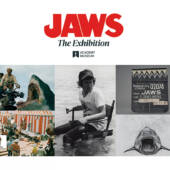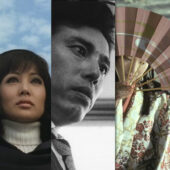National Photography Month
Social and Cultural Events | May 1 - May 31
The invention of the camera has been traced back to the work of Ibn al-Haytham, a medieval mathematician, astronomer, and physicist of the Islamic Golden Age. While the effects of a single light passing through a pinhole had been described earlier, Ibn al-Haytham gave the first correct analysis of the camera obscura, including the first geometrical and quantitative descriptions of the phenomenon, and was the first to use a screen in a dark room so that an image from one side of a hole in the surface could be projected onto a screen on the other side. This scientist’s early experiments with afterimages laid the foundations for the invention of photography in the 19th century.
The first permanent photograph, a contact-exposed copy of an engraving, was made in 1822 using the bitumen-based “heliography” process developed by Nicéphore Niépce. The first photographs of a real-world scene, made using a camera obscura, followed a few years later at Le Gras, France, in 1826, but Niépce’s process was not sensitive enough to be practical for that application: a camera exposure lasting for hours or days was required.

















